Affordable Housing Is in Crisis—Can Design Help Solve It?
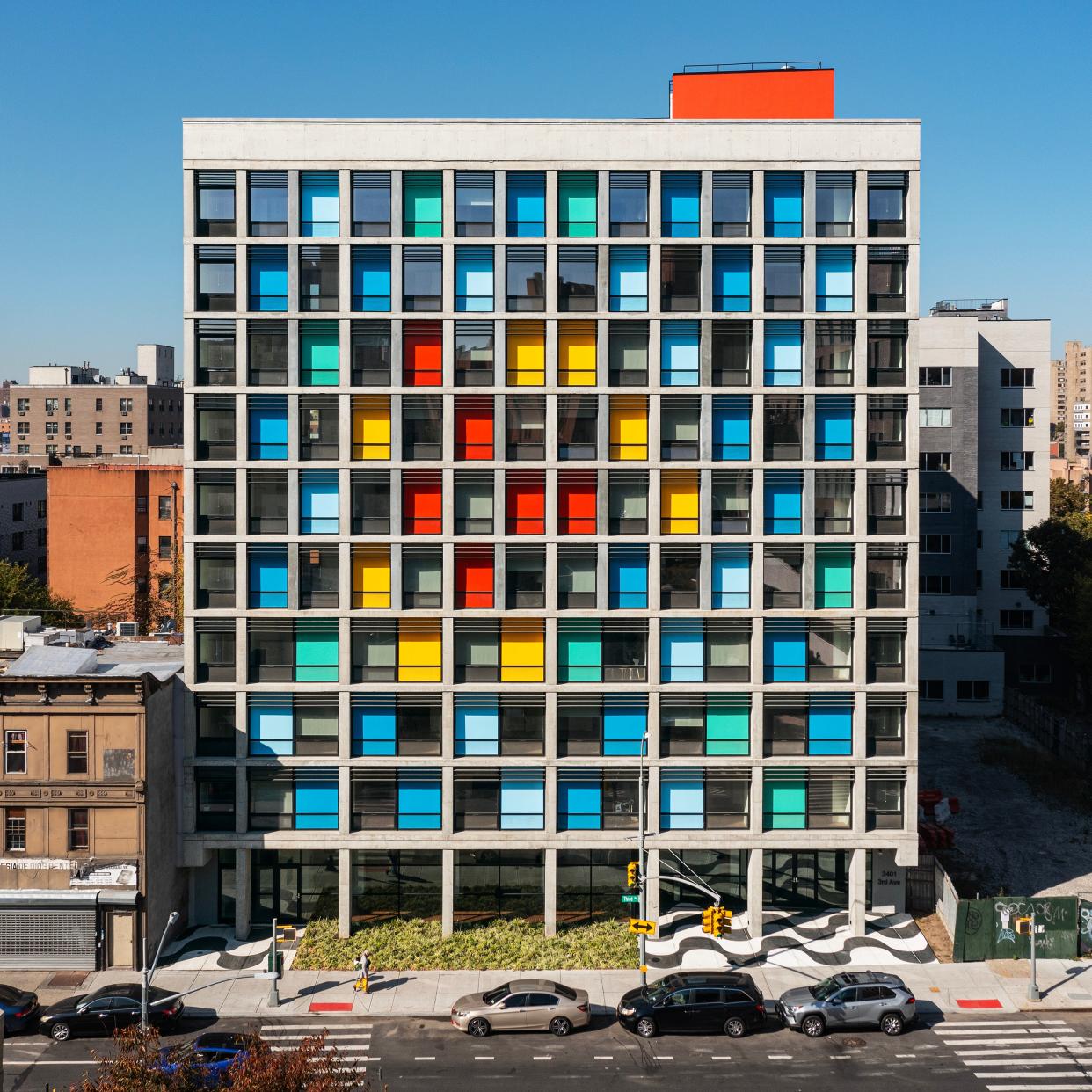
Photo: Michael Moran
There is currently an affordable housing shortage in the United States. According to the nonprofit National Low Income Housing Coalition, the nation lacks more than seven million homes for its more than 10.8 million extremely low-income families. And while in the past, this crisis may have only applied to major urban regions, it has expanded such that today, in no state or county can a full-time renter earning minimum wage afford a two-bedroom home.
The problem is quite complex. Historically, the United States Department of Housing and Urban Development provided public housing for those most in need, but in 1998, the Faircloth Amendment capped the number of units that the federal government could construct, resulting in a one-in, one-out policy since. Other subsidies for low-income renters like Section 8 are enacted at the landlord’s discretion, and do not guarantee a unit will be permanently affordable. Thus, the prime way to make up the deficit of units is through conversions or new construction—with developers that can take advantage of tax credits or charity organizations. Add to this equation racist policies like redlining and discriminatory lending, as well as the pandemic-prompted rise in home prices and high mortgage rates that are continuing to ensure only the wealthy have a visible path to homeownership. It’s clear that the systems surrounding affordable housing are broken.
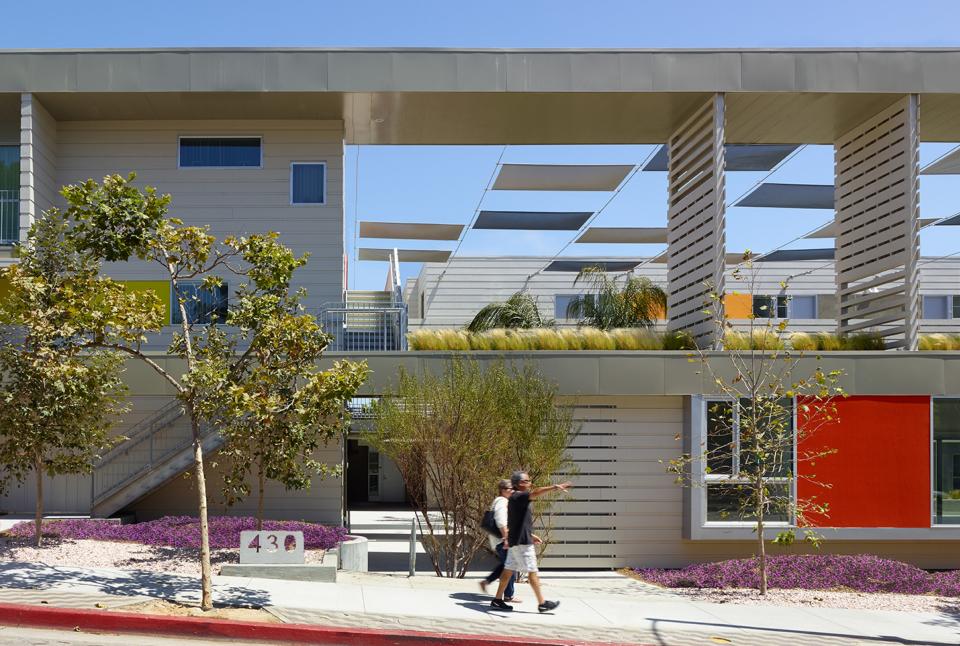
“The lack of affordable housing is a policy problem and a design problem,” argues New York–based architect Alexander Gorlin, co-editor of recent book Housing the Nation: Social Equity, Architecture, and the Future of Affordable Housing. The tome addresses the causes, effects, and potential solutions to this crisis in the United States through a series of essays by designers, economists, community leaders, and others, and then presents a series of successful, attractive, affordable housing projects by architects like Studio Gang, Michael Maltzan Architecture, and more. “Without the policy to build housing there is no design problem,” Gorlin continues, “but design can also come up with solutions to make affordable housing have more potential to build.”
The first step, he says, is bidding on projects that will include public housing units, whether government-sponsored or mixed-income. “I believe there is a moral imperative that more architects and designers should use their talents to help people of all economic levels,” states the architect, who has designed several affordable residential projects across New York with his studio Alexander Gorlin Architects, many providing support housing for formerly unhoused people, foster teens, seniors, or other vulnerable communities.
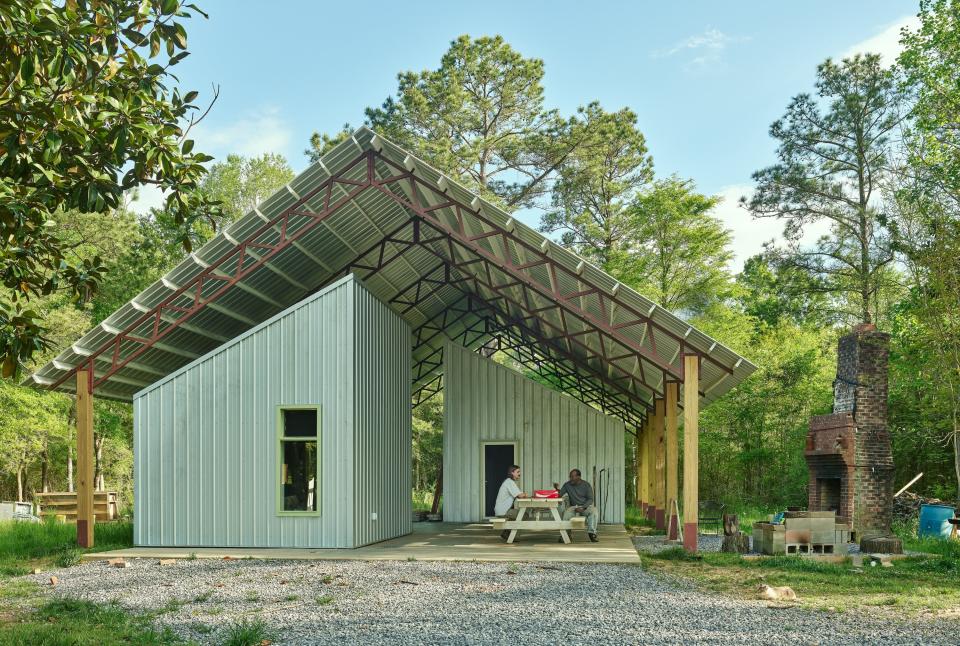
Though modern architects like Le Corbusier, Bruno Taut, or Walter Gropius might have considered public housing a noble design challenge, many of the best contemporary practitioners prefer to avoid the long, stakeholder-chocked, usually arduous process involved in creating it. However, the times are changing, as visible through high-profile projects like Daniel Libeskind’s newly opened NYCHA Sumner Houses building in Bed-Stuy, Brooklyn, or the buzz around Alabama-based Rural Studio’s innovative Auburn University student design program (also featured in Housing the Nation), which creates much-needed affordable housing in less populated areas. “It’s not a blight on a community to have one of these buildings,” says Gorlin’s co-editor Victoria Newhouse, an architectural historian. “On the contrary, it can be a great asset.”
Taking on these projects, architects can also identify sticking points in the process and connect with community activists to streamline them. The firm Peterson Rich Office currently consults with the New York City Housing Authority and created a regional plan for design strategies to improve living conditions in public housing in 2020; their process of requiring resident input before construction is one the city continues to this day.
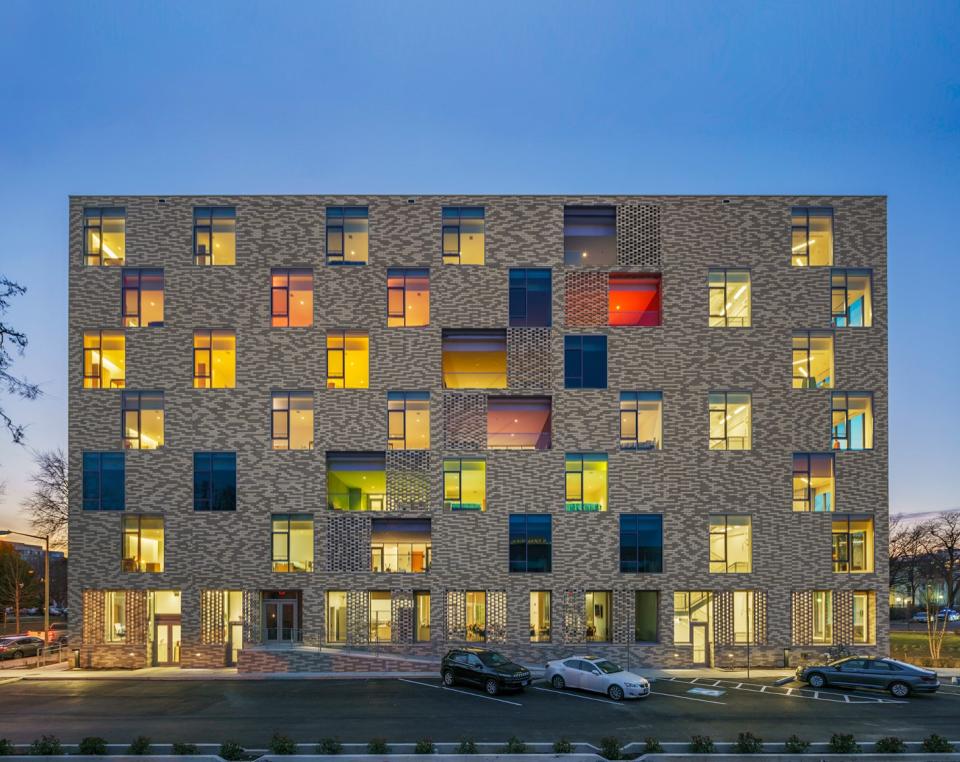
Because of restrictive government policies, getting these well-designed structures built requires convincing developers they are worth the extra steps. At the moment, constructing affordable housing costs just as much as building market rate housing, explains TF Cornerstone senior vice president Jon McMillan in Housing the Nation. Gorlin recommends architects choose economically viable building technologies informed by context—modular, mass timber, 3D-printed, or block and plank construction could be best depending on the region—to help lower the overall costs of the project, providing more incentive for for-profit developers to take it on. Understanding how to spend budget where it has the most impact, like in a cheerful façade or community areas that help create a sense of home, is important, he says. “Being clever, you can achieve the same effect,” as in market rate housing.
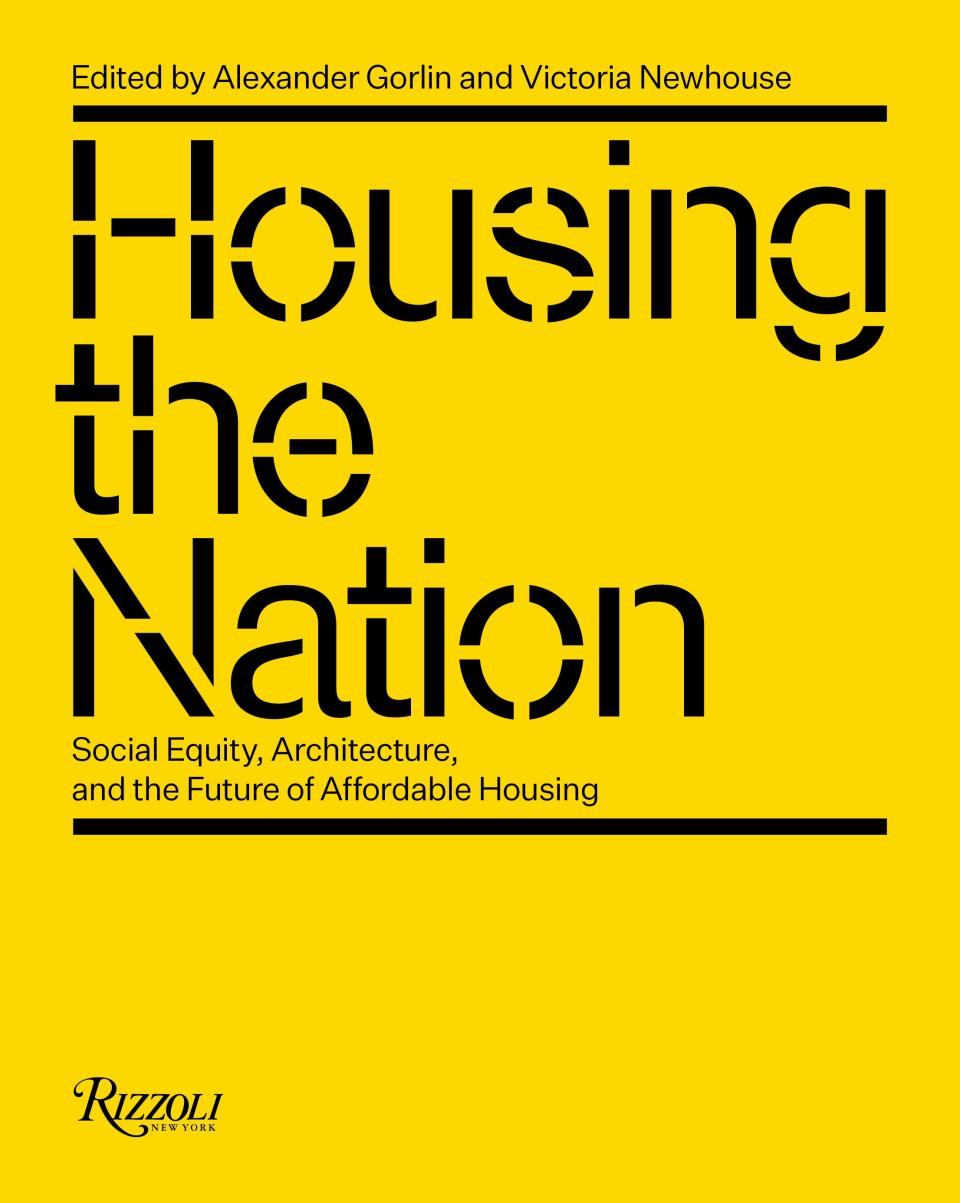
Unraveling the web of how and why America’s affordability crisis endures is crucial to understanding how to tackle it, through design and policy. “Our prime goal is to get the book into the hands of people who could make a difference with this situation,” says Newhouse. It’s certainly a topic top of mind for officials. On June 24, Treasury Secretary Janet Yellen announced a three-year, $100 million financial investment to increase affordable housing, following the Biden-Harris Administration’s own proposal last month. The Fed-set interest rates, however, remain unchanged for the moment.
Originally Appeared on Architectural Digest


